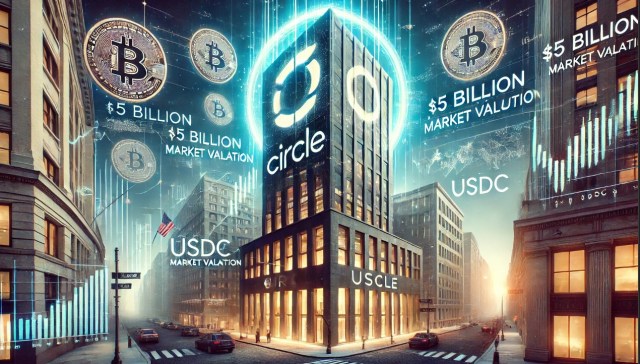Everyone from Elon Musk to the CEO of Google DeepMind has predicted that artificial intelligence will surpass human intelligence within a matter of decades. This scenario is often referred to as the AI singularity.
Big tech, academia, and governments around the world have started workshopping potential scenarios to deal with this hypothetical moment. While much has been written about the threat of a violent AI takeover, there’s little in the way of research concerning how a machine could corner the global economy.
The singularity
Futurist Ray Kurzweil, a former Google researcher who’s considered a luminary in the field of technology, recently published a book entitled “The Singularity Is Nearer: When We Merge with AI.” In his text, he discusses what he views as our imminent future as the second-smartest beings on Earth.
Kurzweil has a slightly different definition of “the singularity” than the general scientific community has. Outside of his view, the singularity is, as mentioned above, merely an inflection point when an AI model becomes demonstrably better at reasoning than humans. According to Kurzweil, we’ll reach this point somewhere around 2029 when “artificial general intelligence” (AGI) is finally invented.
AGI, by this definition, would be any machine capable of performing any task that an average human could, given the proper resources.
But, according to Kurzweil, the singularity will occur in the 2040s when humans and AI merge to become a super-being. The futurist says this will lead to drastically longer lifespans, an end to disease, and an ultimate human utopia.
This article will focus on the general interpretation of the AI singularity: a hypothetical point at which an AI model is demonstrably more intelligent than any human at reasoning tasks.
AI overlords
Countless researchers, pundits, and politicians have weighed-in on the possibility that such an event could lead to humanity’s extinction. Under most scenarios, the AI builds robots that rise up to destroy humanity and recreate the planet in its own image. Others have the machines using overwhelming violence to subjugate humans for one reason or another.
Related: Elon Musk and tech execs call for pause on AI development
Most of these fears fall under a threat vector referred to as “misalignment” where, despite scientists’ best efforts, the machines refuse to do what they were designed for and instead adopt their own agenda.
This all makes for great science fiction, but the sheer logistics involved might be staggering even for a superintelligent AI hive mind. For example, retrofitting and deploying enough destructive equipment to harm 8 billion humans, without destroying the infrastructure that powers the machines, would be a planning nightmare.
A more feasible scenario could involve a machine takeover that doesn’t result in a single drop of human blood being shed: cornering the financial market. Unfortunately for any would-be AI overlords, even the smartest machines in the world might not be able to hack into the traditional banking system.
If the theoretical AI takeover begins before the quantum computing sector matures enough to produce machines capable of cracking RSA encryption, then even an AGI built out of all the supercomputers on the planet networked together couldn’t hack into banks following proper encryption protocols.
Final boss whale
Technologically speaking, however, there’s nothing stopping a superintelligent 24-hours-a-day trader capable of executing millions of transactions simultaneously, across every accessible digital asset and blockchain in existence, from dominating the entire cryptocurrency market.
While humans are distracted with things like sleeping and using the toilet, the superintelligent AI could be flooding the crypto, NFT, Web3, and online gambling worlds with millions of bots running coordinated, math-based earning schemes.
It’s infeasible to predict whether such an AI could successfully exploit every network. But based on how massive “whale” transactions have resulted in hundreds of millions of dollars' worth of fluctuations in the past, it’s likely a superintelligence machine could amass a high-value treasury of digital assets in a short period of time.
If we only account for the top 10 cryptocurrencies by market capitalization and assume the AI would use a reactionary trading strategy across as many networks as possible, the upper limit on the machine’s wallet could reach as high as $2 trillion — as the market stands on Aug. 25.
Without having to rob a single bank or technically-even steal from anyone, this superintelligent AI would then, hypothetically, have enough capital to turn its attention to the global stock market.
Related: DNA computing breakthrough could turn living cells into functioning blockchains







